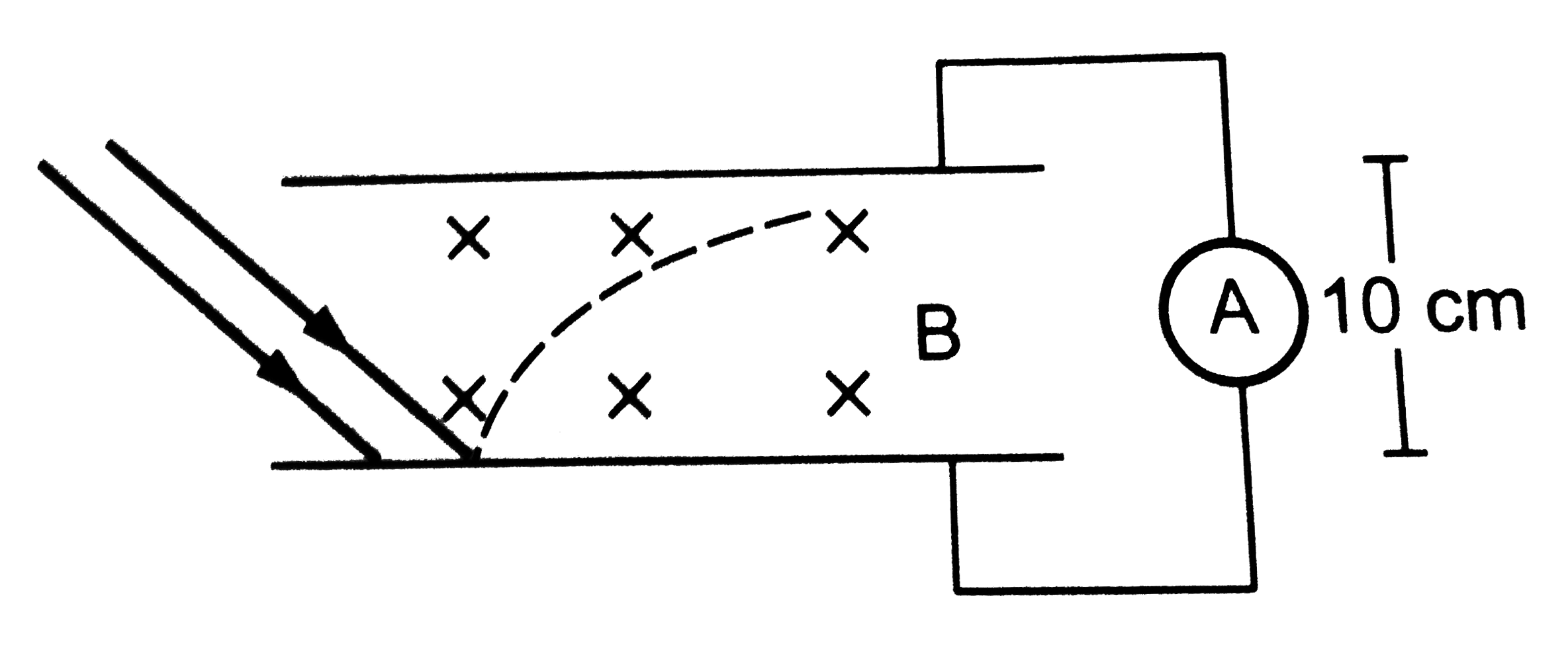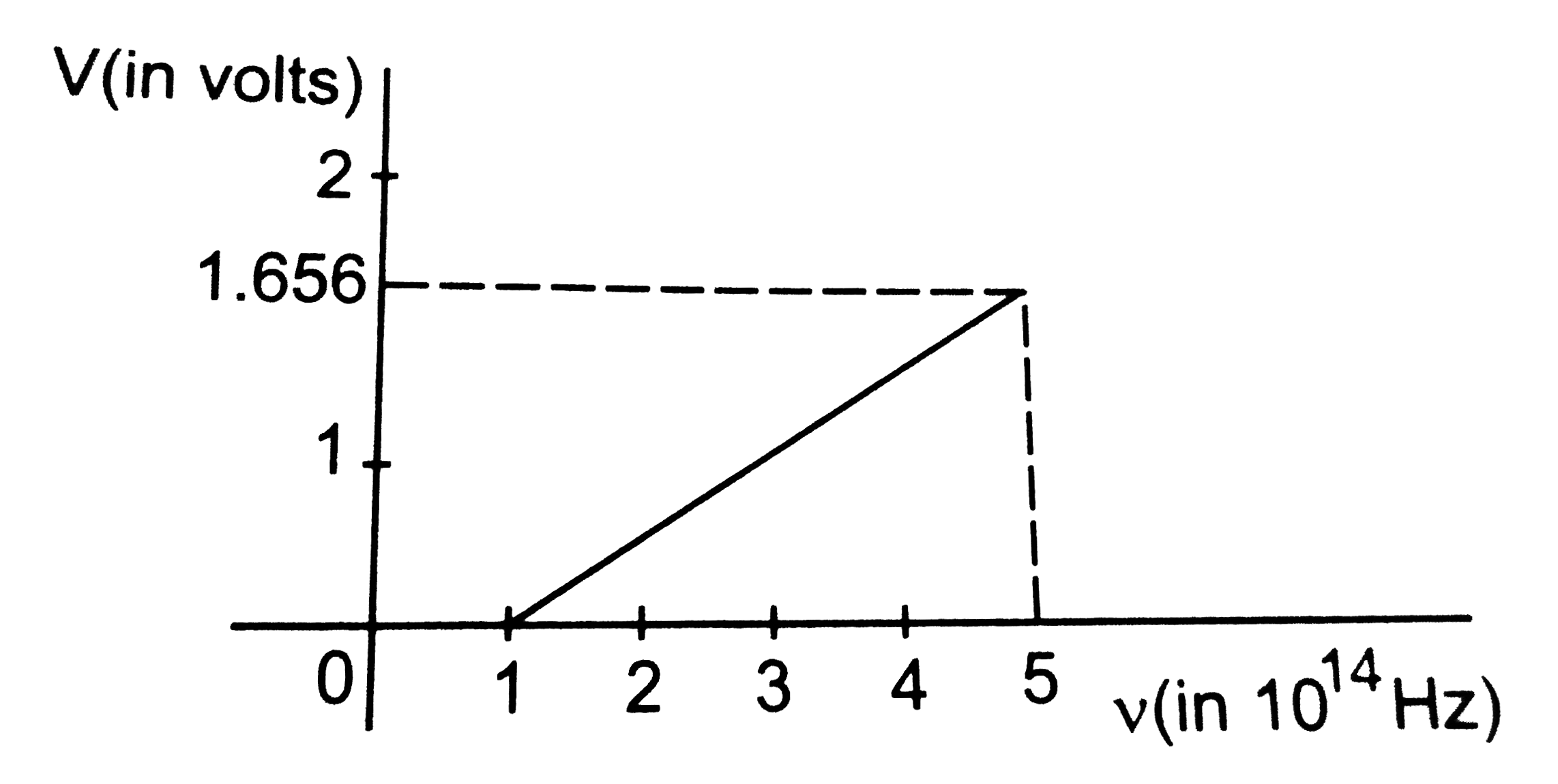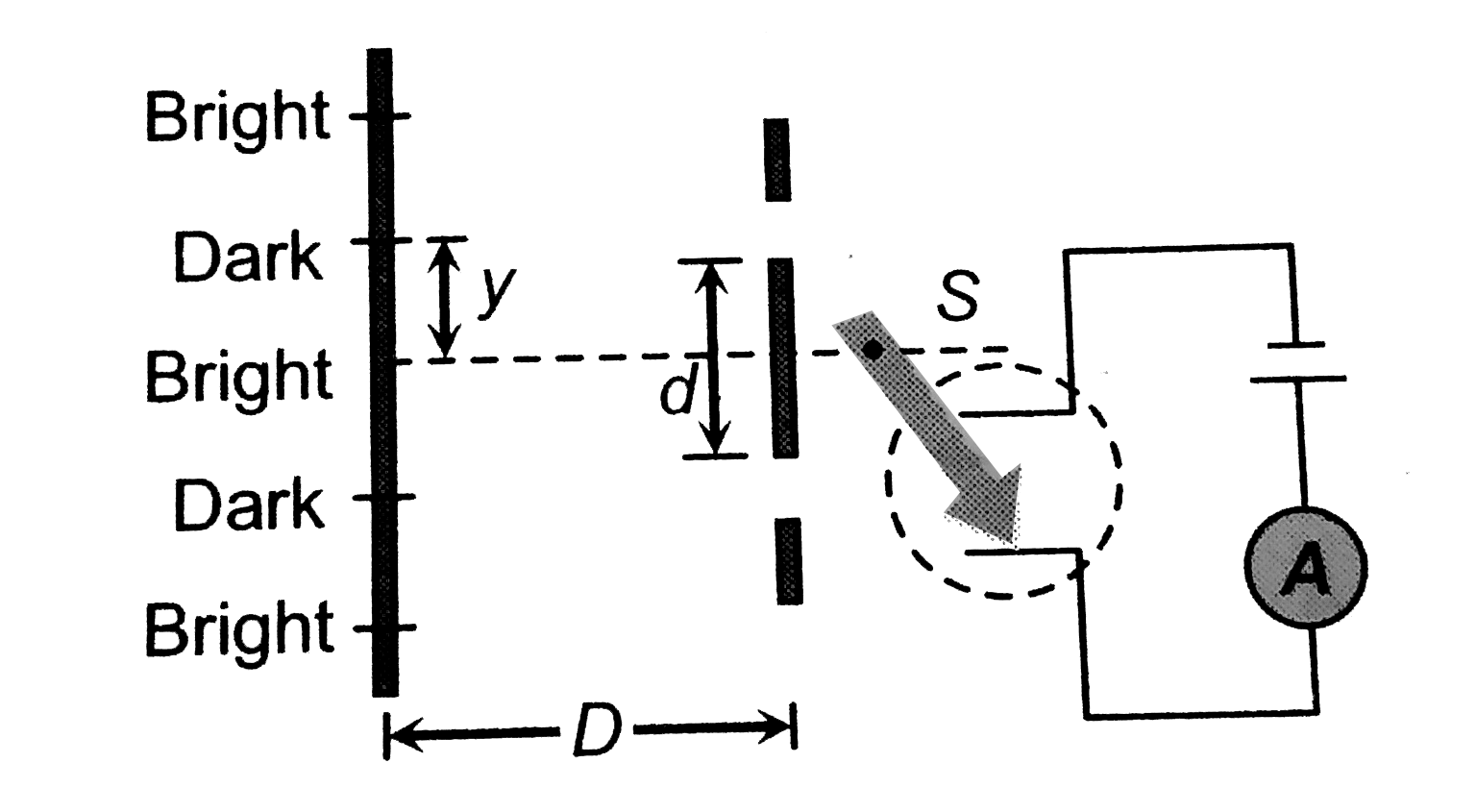Exercise from HC VERMA Chapter 18 PHOTO ELECTRIC EFFECT AND WAVE PARTICLE DUALITY for Class 12
| Class 12 | PHYSICS |
| Chapter | PHOTO ELECTRIC EFFECT AND WAVE PARTICLE DUALITY |
| HC VERMA | Exercise |
| Medium | English |
| Academic Year | 2023-2024 |
Question 5
When the sun is directly overhead, the surface of the earth receives 1.4 xx (103)W(m−2) of sunlight. Assume that the light is monochromatic with average wavelength 500mn and that no light is absorbed in between the sun and the earth's surface. The distance between the sun and the earth is 1.5 xx (1011) m. (a) Calculate the number of photons falling per second on each square metre of earth's surface directly below the sun. (b) How many photons are there in each cubic metre near the earth's surface at any instant? (c) How many photons does the sun emit per second?View SolutionQuestion 8
A totally reflecting, small plane mirror placed horizontally faces a parallel beam of lighy as shown in figure. The mass of the mirror is 20g. Assume that there is no absorption in the lens and that 30% of the light emitted by the source goes through the lens. Find the power of the source needed to support the weight of the mirror. Take g=10ms−2.
 View Solution
View SolutionQuestion 9
A 100 W light bulb is placed at the centre of a spherical chamber of radius 20cm. Assume that 60% of the energy supplied to the bulb is converted into light and that the surface of the chamber is perfectly absorbing. Find the pressure exerted by the light on the surface of the chamber. View SolutionQuestion 13
Two neutral particles are kept 1m apart. Suppose by some mechanism some charge is transferred from one particle to the other and the electric potential energy lost is completely converted into a photon. Calculate the longest and the next smaller wavelength of the photon possible. h=6.63×10−34Js.View SolutionQuestion 19
In an experiment on photoelectric effect, the stopping potential is measured for monochromatic light beams corresponding to different wavelength. The data collected are as follows:
wavelength (nm): 350 400 450 500 550
stopping potential (V): 1.45 1.00 0.66 0.38 0.16
Plot the stopping potential against inverse of wavelength on a graph paper and find (a) the Planck constant, (b) the work function of the emitter and (c) the threshold wavelength .View SolutionQuestion 25
A photographic film is coated with a silver bromide layer. When light falls on this film, silver bromide molecules dissociate and the film records the light there. A minimum of 0.6 e V is needed to dissociate a silver bromide molecule. Find the maximum wavelength of light that can be recorded by the film. View SolutionQuestion 26
In an experiment on photoelectric effect light of wavelength 400nm is incident on a metal plate at rate of 5W. The potential of the collector plate is made sufficiently positive with respect to emitter so that the current reaches the saturation value. Assuming that on the average one out of every 106 photons is able to eject a photoelectron, find the photocurrent in the circuit.View SolutionQuestion 27
A silver ball of radius 4.8 cm is suspended by a thread in a vacuum chamber, Ultraviolet light of wavelength 200nm is incident on the ball for some time during which a total light energy of 1.0×10−7 J falls on the surface. Assuming that on the average one photon out of every ten thousand is able to eject a photoelectron, find the electric potential at the surface of the ball assuming zero potential at infinity. What is the potential at the centre of the ball?View SolutionQuestion 28
In an experiment on photoelectric effect, the emitter and the collector plates are placed at a separation of 10cm and are connected through an ammeter without any cell. A magnetic field B exists parallel to the plates. The work function of the emitter is 2.39 e V and the light incident on it has wavelengths between 400nm and 600nm. Find the minimum value of B for which the current registered by the ammeter is zero. Neglect any effect of space charge.

View SolutionQuestion 30
In a photoelectric experiment, the collector plate is at 2.0 V with respect to the emitter plate made of copper ϕ=4.5. The emitter is illuminated by a source of monochromatic light of wavelength 200nm. Find the minimum and maximum kinetic energy of the photoelectrons reaching the collector.View SolutionQuestion 31
A small piece of cesium metal ϕ=1.9eV is kept at a distance of 20 cm form a large metal plate having a charge density of 1.0×10−9Cm−2 on the surface facing the cesium piece. A monochromatic light of wavelength 400nm is incident on the cesium piece. Find the minimum and the maximum kinetic energy of the photoelectrons reaching the large metal plate. Neglect any change in electric field due to the small piece of cesium present. View SolutionQuestion 34
A small metal plate of work function ϕ is kept at a distance r from a singly ionised, fixed ion. A monochromatic light beam is incident on the metal plate and photoelectrons are emitted. Find maximum wavelength of the light beam so that some of that electrons may go round the ion along a circle. View SolutionQuestion 35
A light beam of wavelength 400nm is incident on a metal of work- function 2.2eV. A particular electron absorbs a photon and makes 2 collisions before coming out of the metal
(a) Assuming that 10% of existing energy is lost to the metal in each collision find the final kinetic energy of this electron as it comes out of the metal.
(b) Under the same assumptions find the maximum number of collisions, the electron should suffer before it becomes unable to come out of the metal.View Solution


